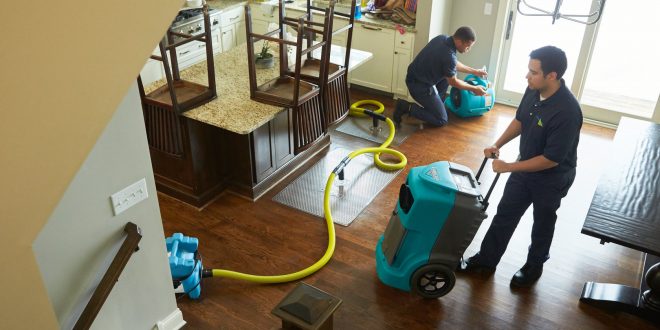The water damage restoration process consists of several phases. These phases include inspection, cleaning, and drying of damaged areas. Water damage restoration companies are equipped with the necessary equipment and knowledge to perform the task effectively. If you’re wondering what steps should be taken after a water damage event, read on. The following steps will guide you through the entire process. Read on to learn more about the different phases of water damage restoration. We’ve also included links to articles about the equipment used by water damage restoration companies.
Phases of water damage restoration
A comprehensive approach to water damage restoration includes a series of steps that focus on the removal of water, minimizing the amount of damage and mold growth, and restoring property to its previous state. Professional repair services have the right tools and skilled staff to complete the job. These steps are outlined in this video. Once a water disaster has occurred, restoration services should begin immediately to help you recover from the situation. The first step is to assess the extent of damage, which should include an assessment of all affected property types.
Equipment used by water damage restoration companies
The equipment used by water damage restoration companies is quite varied, and includes a variety of air scrubbers. These machines are a great choice for large-scale water removal operations as they can handle heavy loads much faster than manual methods. Air scrubbers can also be used to remove odors and water from a space. Water damage restoration companies have strict standards to meet, and these are outlined in the S500 Standard and Reference Guide for Professional Water Damage Restoration.
Inspection of damaged areas
Experts conduct thorough inspections during water damage restoration processes to assess the damage done to your home or business. They will also remove excess water to prevent mold growth. In some instances, this process may include wiping and cleaning affected areas. In these cases, the restoration specialists will use advanced tools to measure moisture levels and take readings directly from the surfaces. After completing an inspection, they can start the water damage restoration process.
Cleaning
As a part of the water damage restoration process, cleaning the property and salvaging any personal belongings is a necessary step. Water damage restoration professionals use specialized cleaning products that contain antimicrobials to prevent bacterial growth. They also apply abrasive detergents and foam to the property. Several different methods of cleaning are used during this process. After the water damage restoration process, the property is ready for the next step in the recovery process: drying.
Sanitizing
When water has contaminated a building, the first step in the restoration process is sanitizing. Cleaning with hot water and laundry soap can help loosen accumulated dirt and grime. Then, use bleach to kill any pathogens. Allow the solution to sit for 30 minutes before mopping the area. Follow this process for all porous building materials. It may take more than one cleaning to remove all the contaminants.
Deodorizing
The deodorizing water damage restoration process begins by removing the odor-causing molecules. Each stage in the process targets a different source of odor. Different events require different deodorization protocols. Water and fire destabilize a home and can also lead to odors. A professional service is best suited to handle fire damage restoration. In addition to their extensive experience, they also have the necessary equipment to eliminate the odors.
Documentation
Proper documentation is essential in the water damage restoration process. During the inspection, drying, and cleanup phases, appropriate PPE is worn and records are taken to document the restoration process. However, data management can be a challenge, particularly when paper documents, text messages, and excel spreadsheets are used. Fortunately, there are solutions that make this process as easy and efficient as possible.
 Win Lakefront Dream Home – Real Estate Lawyers Benefits – Experts
Win Lakefront Dream Home – Real Estate Lawyers Benefits – Experts





